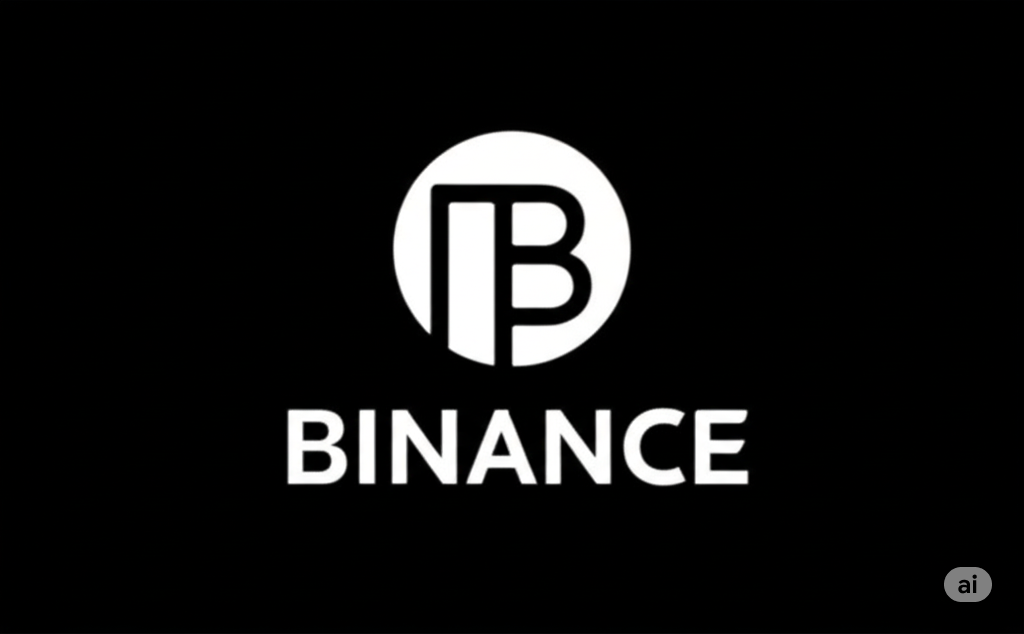Cryptocurrencies have captured the imagination of investors and technologists globally, and India is no exception. However, the regulatory landscape for these digital assets in India has been a subject of much discussion and, at times, uncertainty. Understanding the Indian government’s perspective is crucial for anyone involved or interested in the crypto space within the country.
Over the past few years, the Indian government’s stance on cryptocurrency has evolved. Initially, there were concerns and even a period of uncertainty that led to a cautious approach. The Reserve Bank of India (RBI) had previously imposed restrictions on banks dealing with crypto entities. However, this was later overturned by the Supreme Court, marking a significant moment for the industry in India.
Since then, the government has been actively exploring ways to regulate and understand this burgeoning sector. A key development has been the introduction of taxation on income from virtual digital assets (VDAs), including cryptocurrencies and Non-Fungible Tokens (NFTs). This move, while imposing a tax burden, was also seen by many as a form of recognition for the legitimacy of these assets. The taxation framework includes a 30% tax on gains from the transfer of VDAs and a 1% Tax Deducted at Source (TDS) on transactions above a certain threshold.
Furthermore, the government has emphasized the need for a strong regulatory framework to address concerns related to investor protection, money laundering, and the financing of illegal activities. There have been ongoing discussions and deliberations on the specifics of such a framework. The intention seems to be to strike a balance between fostering innovation and mitigating potential risks.
One of the significant statements from the government has been the emphasis on the potential of blockchain technology, the underlying technology behind many cryptocurrencies. While cautious about decentralized digital currencies, there has been expressed interest in leveraging blockchain for various applications across different sectors.
The government has also been vocal about the need for global cooperation in regulating cryptocurrencies, given their borderless nature. This suggests an understanding that effective regulation requires international collaboration to address the unique challenges posed by digital assets.
It’s important to note that the regulatory landscape is still developing. While taxation is in place, comprehensive legislation is still awaited. The government has indicated that it is carefully considering the various aspects and potential impacts before finalizing a comprehensive framework.
Key Takeaways from the Indian Government’s Stance:
- Recognition through Taxation: The imposition of taxes on VDAs signifies a level of recognition by the government.
- Focus on Regulation: The emphasis is on creating a regulatory framework to address risks and ensure investor protection.
- Interest in Blockchain Technology: There is a clear interest in harnessing the potential of blockchain technology beyond just cryptocurrencies.
- Need for Global Cooperation: The government acknowledges the need for international collaboration in regulating this space.
Challenges and the Path Forward:
Despite the progress, challenges remain. The crypto industry in India seeks clarity and a supportive regulatory environment that fosters innovation while ensuring compliance. Balancing these objectives will be crucial for the future growth and development of the crypto ecosystem in the country.
In conclusion, the Indian government’s stance on cryptocurrency reflects a cautious yet evolving approach. While recognizing the potential and imposing taxation, the focus remains on developing a comprehensive regulatory framework that addresses risks and promotes stability. As discussions and deliberations continue, the crypto community in India awaits further clarity that will shape the future of digital assets in the nation.












Leave a Reply